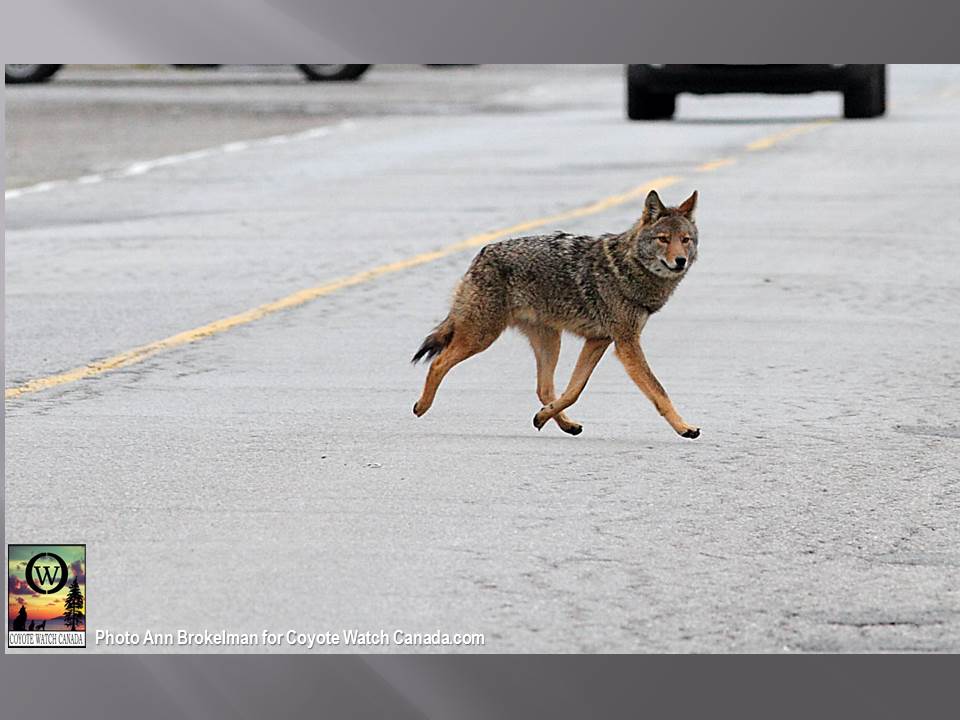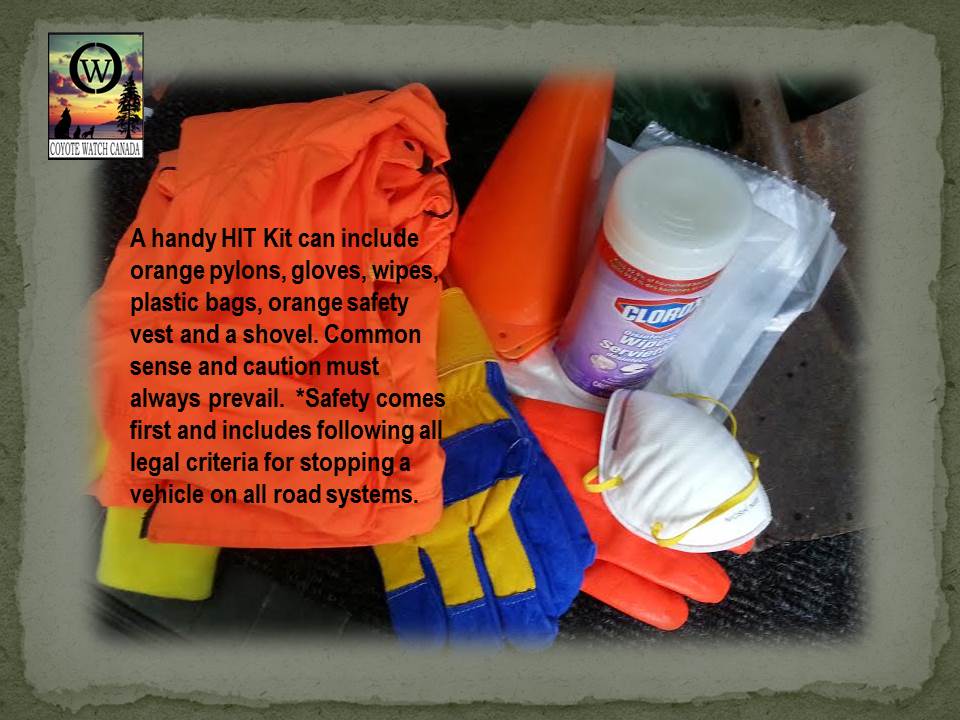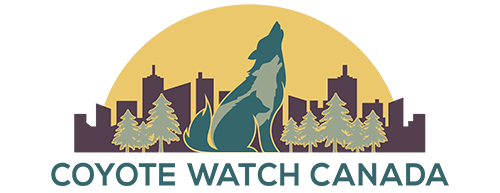
Wildlife is busy this time of the year. Autumn brings an amazing vibrant living story to the sky, water and land. The ebb and flow of Mother Nature’s internal clock is one deserving of our admiration, respect and attention. Countless mammals, reptiles, birds and amphibians perish every year during their daily course of activities on road systems, or the “asphalt trap lines” that crisscross the land. Data and statistics regarding motor vehicle collisions and wildlife, is daunting and inconclusive at best due to under and over reporting and research focusing on specific species and geographic locations.
Preparing for the winter ahead, many species such as beaver, raccoons, bear and squirrels forage, repair and rebuild their homes. Meso-carnivores adeptly respond to changes in the ecosystem, which may involve establishing a new den within an already familiar urban and rural boundary. Other species such as migratory birds cross continents year after year to settle for the winter in ancient feeding and breeding grounds.
With these vital changes within living systems that involve shifts in territories and migration to winter sites, and dispersal by juvenile animals, there is a marked increase in reports to our hotline about vehicle-caused mortality. Seeking a new place in their world, Eastern Coyote juveniles experience interesting dynamics that often put them in harms way. Crossing busy road systems, the introduction of new infrastructure and the pressure of people disrupting habitat through activities such as hunting, can prove deadly to the inexperienced or threatened wildlife that is fleeing for their lives. There are simple steps to minimize our impact on wildlife that can potentially cross our commuting path. Take a brake and slow down please.
Our community outreach expands to include such an overwhelming increase in calls from concerned residents that request assistance for an injured animal or to report a deceased animal on the side of a highway or road. Coyote, deer, raccoon and fox are the most common species of these tragic calls. Other species we have provided road assisted outreach include, moose, bear, deer, opossum, raccoons, wolves, fox, porcupines, beaver, otter, snapping turtles, domestic dogs and cats and fisher.
Please join Coyote Watch Canada in promoting safe and aware “seasonal smarts” for both people and wildlife by considering our safety tips. Fatalities needn’t become prevalent if we are aware and drive with care. In Ontario, the “rutting” season creates hazards for drivers and ungulate alike such as moose and deer. By driving alert and reducing and maintaining safe speed limits, we can better prepare to meet these challenges and save lives. Dusk and dawn are popular hours for wildlife to be on the move and puts them and you at risk. Stay alert and aware of the surrounding.
 Please review our simple and effective wildlife tips that bring awareness and prevent tragedies from occurring in our communities and keep us informed. Driving by an injured or lifeless animal on the road can be very disturbing and traumatic. Please share our “Take A Brake” photo to raise awareness about the endangerment of our wildlife through motor vehicle collisions.
Please review our simple and effective wildlife tips that bring awareness and prevent tragedies from occurring in our communities and keep us informed. Driving by an injured or lifeless animal on the road can be very disturbing and traumatic. Please share our “Take A Brake” photo to raise awareness about the endangerment of our wildlife through motor vehicle collisions.
- Consider advocating for the creation of sustainable wildlife crossings in travel corridor habitat. This can be a simplified approach that includes signage that educates, warns and prepares motorists for local wildlife activities.
- Throwing garbage out of a vehicle window is not only against the law, but brings wildlife out from the safety of the forest and bush habitats close to dangerous highways.
- Salt licks attract a variety of wildlife species and encourage risky behaviour for deer and other wildlife such as crossing highways, congregating and foraging in ditches exposing them to oncoming traffic.
- Feeding wildlife at the side of the road puts them and you at risk.
- Many wildlife species rely on carrion to supplement their diets. Carrion or commonly called “roadkill” attracts birds, mammals and even reptiles to utilize these low energy output, high protein providing food sources. Scavenger species frequent roadkill locations foraging for such easy meals.
 Travelers in our northern communities and other locations across Ontario can help wildlife and motorists alike by safely pulling the roadkill from the edge of the highway into a more viable area that carrion feeders can reach until . Homemade “Hit Kits” should consist of orange pylons (to be placed behind and in front of a vehicle pulled off of the road), orange vest, shovel, gloves, garbage bags, breathing masks and ground sheets. Carry in the glove box a list of rehabilitation specialists and other important contact numbers in the event you may come upon an injured animal that needs assistance. IMPORTANT NOTE: Safety must come first in all situations when citizens are engaging with wildlife, whether the intent is to rescue or remove them from busy roads or highway systems.
Travelers in our northern communities and other locations across Ontario can help wildlife and motorists alike by safely pulling the roadkill from the edge of the highway into a more viable area that carrion feeders can reach until . Homemade “Hit Kits” should consist of orange pylons (to be placed behind and in front of a vehicle pulled off of the road), orange vest, shovel, gloves, garbage bags, breathing masks and ground sheets. Carry in the glove box a list of rehabilitation specialists and other important contact numbers in the event you may come upon an injured animal that needs assistance. IMPORTANT NOTE: Safety must come first in all situations when citizens are engaging with wildlife, whether the intent is to rescue or remove them from busy roads or highway systems.

